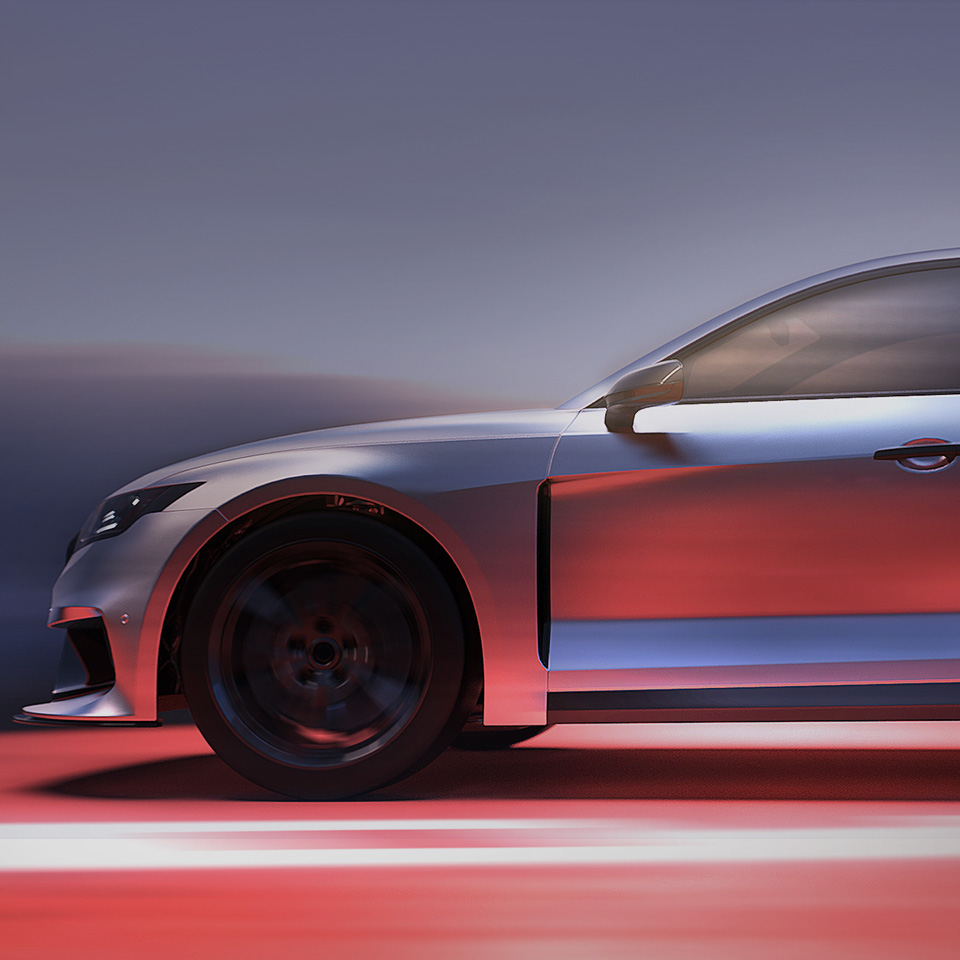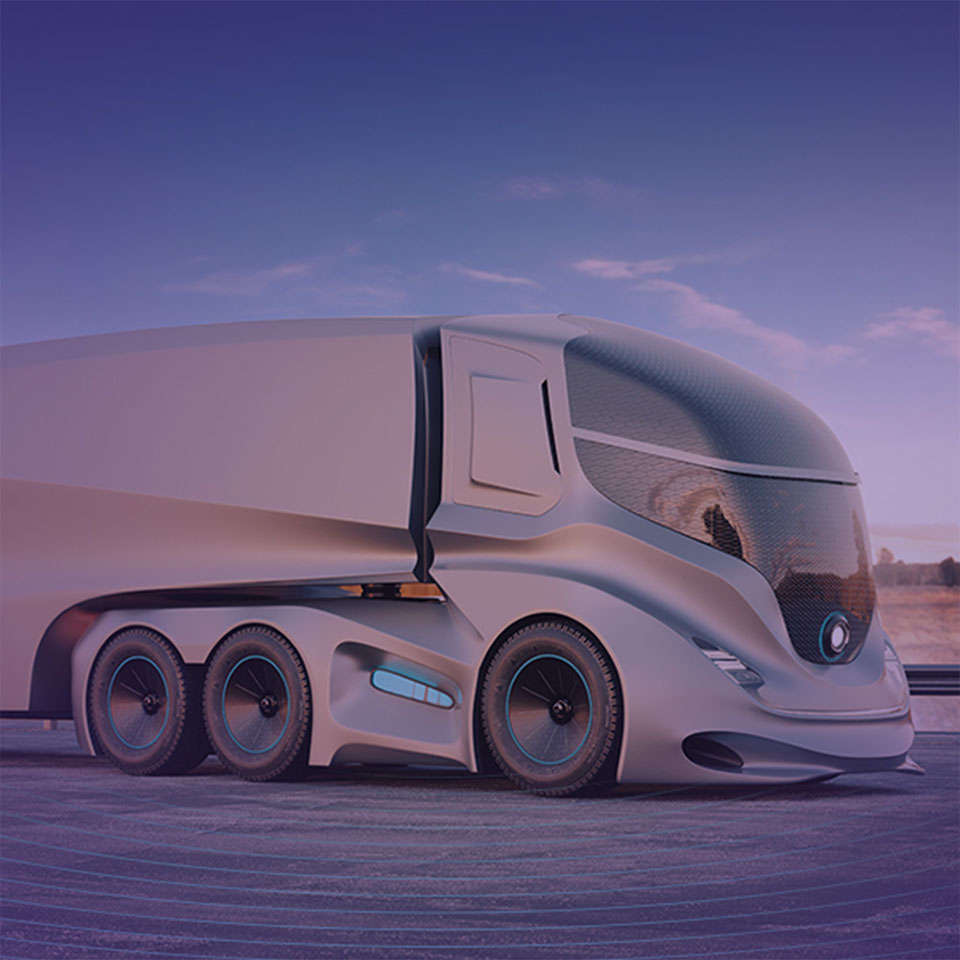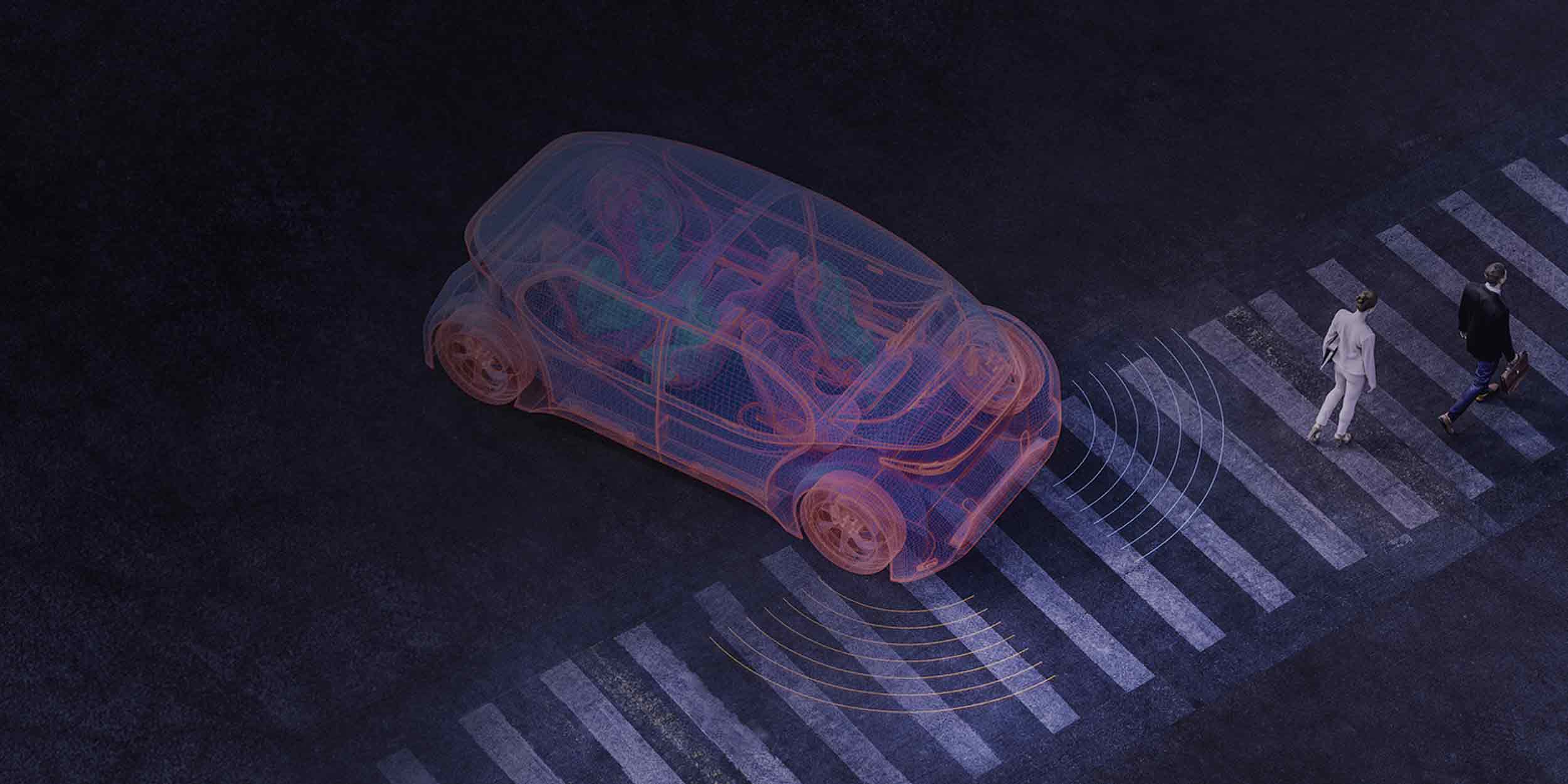In brief
- Commercial vehicles are becoming software-defined — this is creating more possibilities for great user interfaces
- The complexity of the displayed information and the huge number of control elements in the driver’s cabin are what makes creating good user experiences for commercial vehicles important
- To maximize on the opportunities given by software-defined systems, designers need to listen to drivers and fleet managers to create bespoke user experiences
The commercial vehicles sector is facing many challenges: Sustainability, shortage of drivers, a major transformation when it comes to software-defined vehicles (SDVs), new technologies, and software integration — just to name a few. But amidst these challenges, there is a beacon of hope: User experience (UX), when done right, can hide this complexity and present complex systems as easy-to-use, trustworthy assistants. Enabling users to operate systems in a stress- and error-free manner is paramount for commercial vehicles. For UX, this means that users’ needs have to be understood. Here’s how to do it.
Managing complexity
The complexity in the cabin of a truck is enormous; operators could easily get overwhelmed by the number of switches and information on display. So, a focus on what truck drivers and fleet operators in this business really need is a valuable source of information when making smart decisions in the pursuit of satisfying market demands. In other words, the goal isn’t to present as many options and features as possible, but to deliberately reduce the number of features and offer just the ones that are needed to do the job: Support, don’t distract.
Focus on commercial vehicles
Within the UXD team at Zoreza Global, we apply suitable and up-to-date methods and tools for creating great user experiences. You can find more about UX research benefits here. Based on this, we’ve gathered extensive knowledge in designing interfaces. We support commercial vehicle OEMs by collecting and analyzing relevant data and creating insights from clients. The result of this research is valuable input for future products and for product updates. Our team is also skilled in designing interfaces that allow professional drivers to stay focused and balance their mental workload. For providing a holistic user experience, it’s important to focus on all relevant touchpoints along the user journey, and to consider the complete ecosystem for a streamlined experience.
Interviews for a shift in perspective
It’s important that as designers we immerse ourselves in the world of commercial vehicles. This is best done by talking directly to the drivers and owners of trucks. Only they can provide first-hand insights that help us understand the business-specific demands and challenges.

Tailoring the user experience in these vehicles is not primarily about aesthetics and emotions, but about optimizing interfaces and investing in solutions that enhance overall productivity, reducing the total cost of ownership (TCO) and mitigating risks of accidents. While on the road, drivers should get supported, not distracted.

By focusing on user experience (UX) in commercial vehicles, we can also leverage a multitude of benefits extending beyond mere functionality: Environmental impact, efficiency, safety and an overall satisfaction for drivers and fleet operators alike.
Once we acknowledge that commercial vehicles have special purposes and their users have expectations that differ from users of passenger cars, it becomes clear that there’s no one-size-fits-all UX. But listening to the actual users and incorporating their valuable contribution can lead to a tailored UX approach that really makes a difference.
Zoreza Global offers a variety of bespoke services, from stakeholder interviews to usability studies that can secure your leading position in the race toward the perfect commercial vehicle. Get in touch here.







